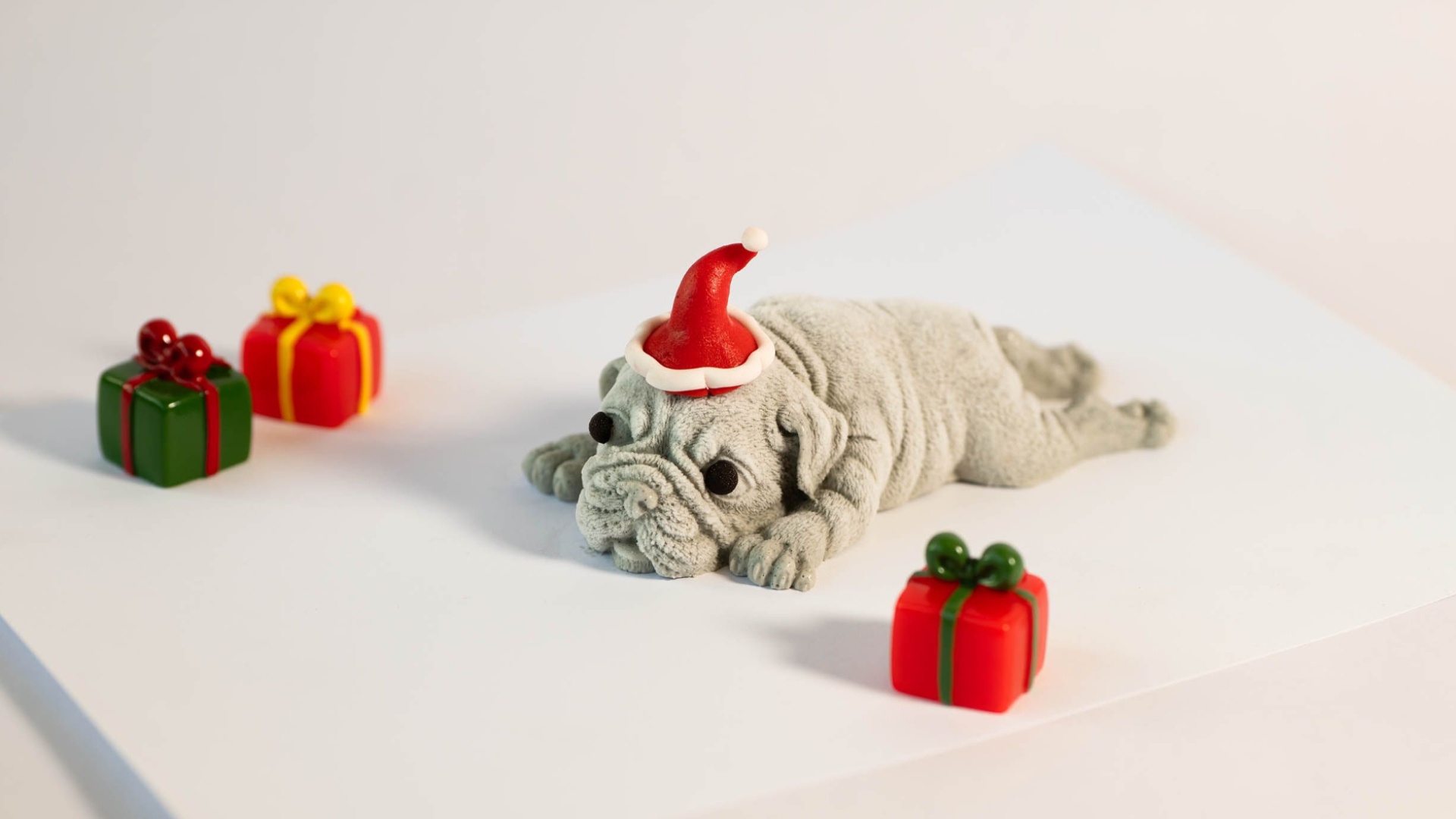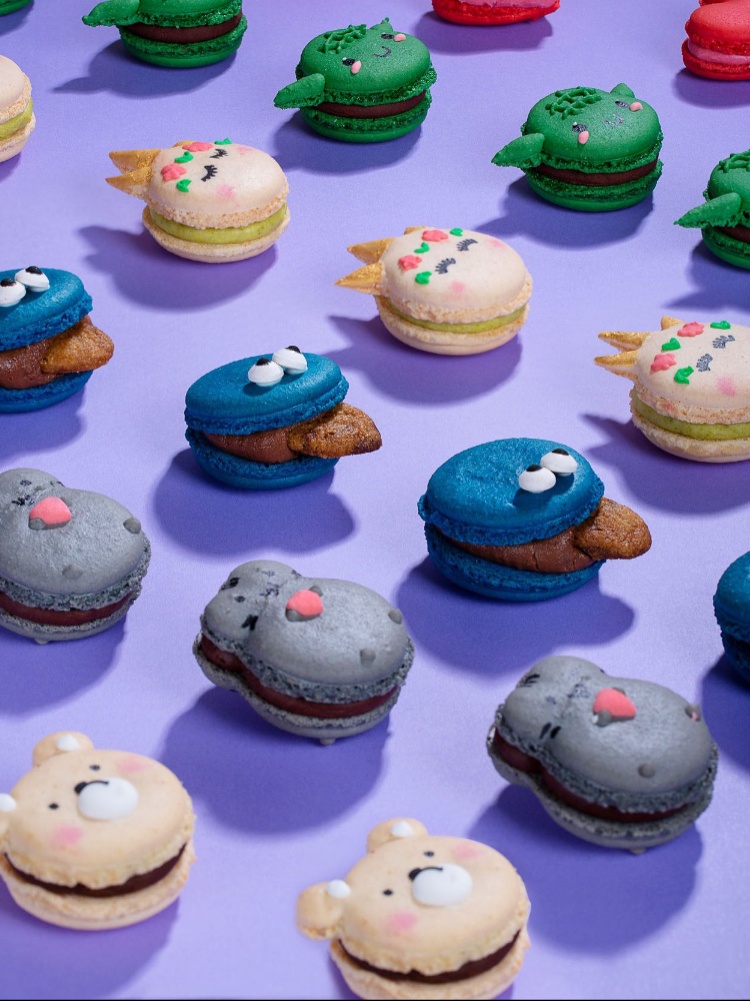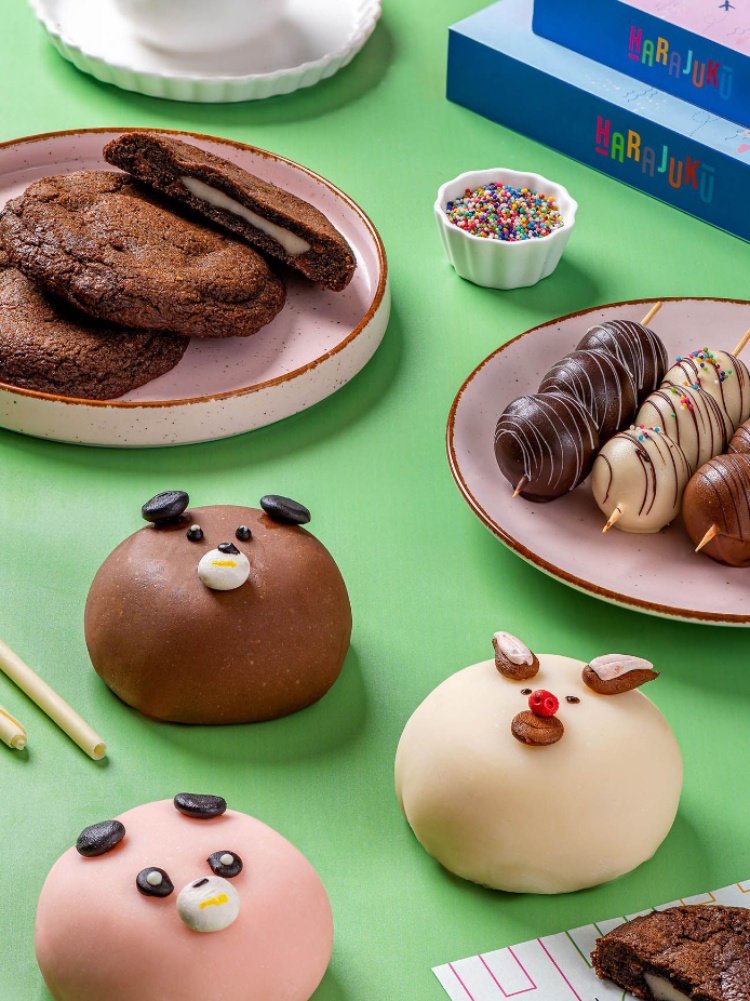I remember the first time I figured that Japanese desserts were a culinary sub-genre of their own. Scrolling through my Instagram feed, I found myself staring at a teddy bear with impossibly cute eyes and the roundest cheeks I had ever seen. Was it a toy? A ceramic sculpture? But then a fork swooped in and, to my shock, skewered the cutie to reveal deep red jammy innards. I had just encountered my first kawaii dessert.
Kawaii is Japanese for cute, but it’s more than an adjective. With its innocent, childlike features, kawaii enriches the seemingly mundane with joy. It’s a whole culture, and it’s hard to miss in the island country. In fashion, kawaii is the girl in Barbiecore on the streets; in galleries, it is the vibrant art of Takashi Murakami that makes you smile. And on our plates, it is that adorable, sweet something with big eyes—a Totoro-shaped cookie, a Hello Kitty cupcake, cat whiskers on a pancake, yellow Pikachu bread—it is all kawaii. And now, it’s becoming a thing in India.
Delicate and artful, kawaii desserts, with their anthropomorphic shapes, make for really photogenic food. At Gaurav Kanwar’s Harajuku Tokyo Café in Tokyo, you will see diners transfixed to their phones, capturing a dessert that looks like a cat or a pig. Kanwar is aware that these desserts, with “their cute and colourful presentation, are highly Instagrammable” and thus, “popular among the social media-savvy generation.” But beyond their cute veneer also lies an introduction to a new flavour profile, in which ingredients like black sesame, yuzu, and matcha shine as mainstays.
At Momoka in Goa, where people queue up to take photos with the chocolate and raspberry compote-filled Liam’s Teddy Bear, lying sideways on a plate, there are other desserts that tiptoe around the circles of kawaii culture to settle into niche, nuanced flavours. Momoka’s chef, Brainard Colaco, acknowledges that the biggest challenge of setting up India’s first kissaten (a quaint Japanese café serving traditional teas and coffees) was “getting people to accept these flavour profiles”. The idea was to introduce not-so-sweet Japanese flavours using familiar bases: think green tea ice cream, black sesame cookies, and Nutella dorayaki, all of which have now become staples on restaurant menus.






